David Stairs
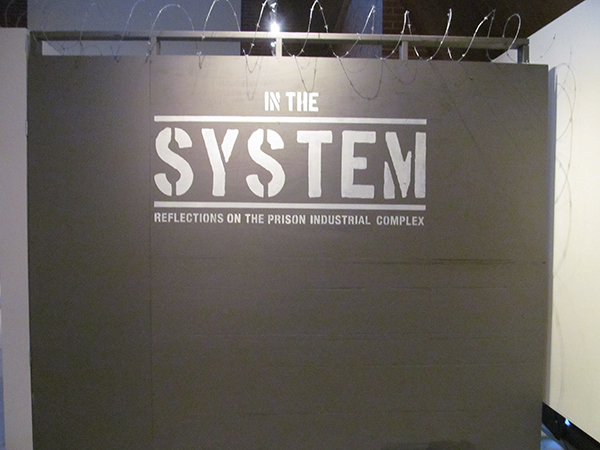
Every once in awhile you meet a group of students that stands out. This was the case with my Junior studio a year ago. When we collaborated with the School of Businesses’ entrepreneurial contest, they were all in, and we just clicked. I knew 2017 would be my year to mentor our Graphic Design capstone project, and I wanted it to be good, so I signed up to teach the Fall senior studio leading into the winter capstone.
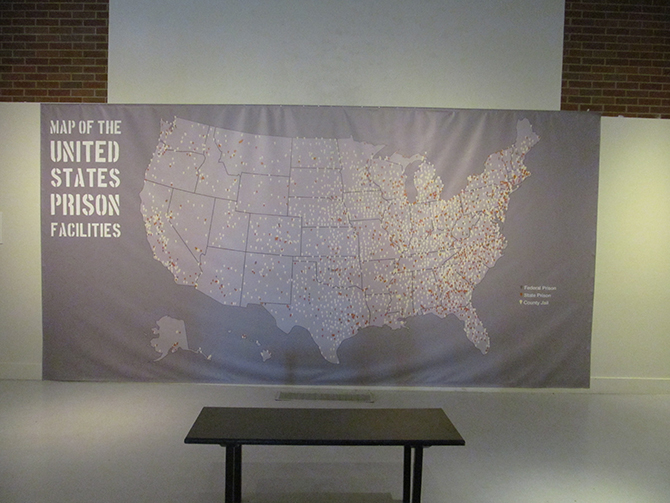
An 8’x16′ map locating the nation’s nearly 5000 prisons and jails won a student research grant
We began in September by talking about the nature of research process. I proposed a couple possible topics and they decided among themselves that they wanted to examine the American penal system. They subdivided into smaller research groups and began the laborious task of digging into deeper research.

A series of informational posters helped translate the meaning of the Prison Map
We took field trips to jails and prisons, listened to Byran Stephenson and Michelle Alexander talk about institutional racism, and watched endless numbers of movies about the prison experience. We knew early on that we wanted to make a map of all prison facilities in the land, a daunting task, so we put one of our most quiet and diligent people on the job in October.
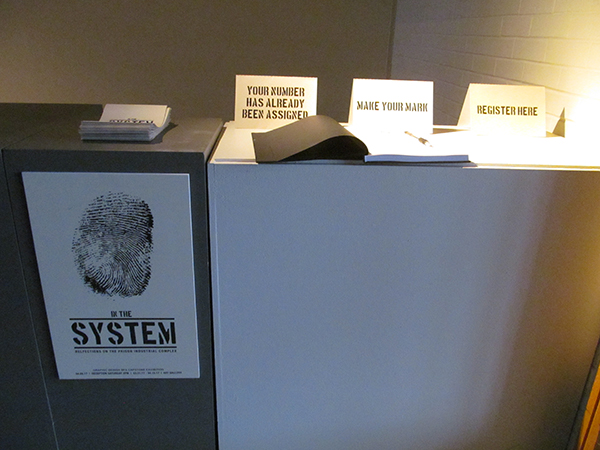
Visitors to the exhibition were required to leave a fingerprint and sign the register
After the December holiday break, we had to begin planning the capstone exhibition in earnest. We spent at least three weeks brainstorming a name for the project. You might think it shouldn’t take that long, but honestly, it’s very easy to choose a bad title, and much trickier to choose well. We had to develop a theme and a narrative, walk the gallery space, and returned multiple times with questions for the gallery director.
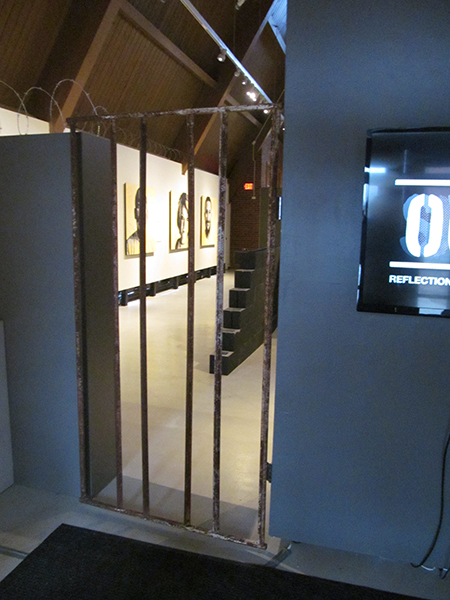
By February, with April 1st looming frightfully close, we’d decided on seven “stations” for the exhibit, and our various teams— print, digital, research, and install— had set about their respective tasks. We knew we wanted to present our examination critically, but respectfully. We would use all the prison memes, the numbers, fingerprints, stencil lettering, orange jumpers, and barbed wire, but we would not fictionalize.
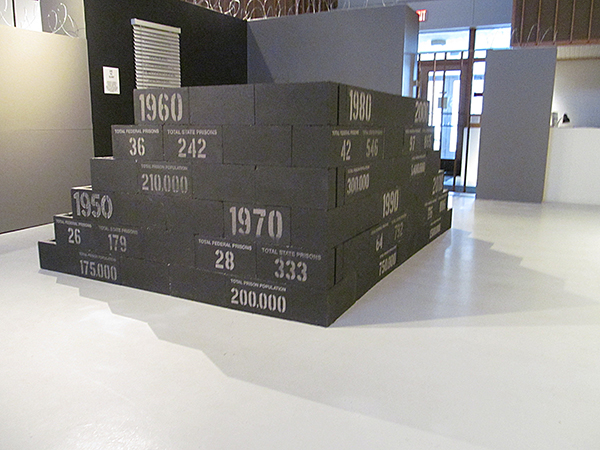
A timeline of prison construction and prison population growth was presented as a cinder block wall
One student was making a serious attempt to correspond with inmates. The success of her initiative sealed our Prisoner Portrait project. Another proposed a timeline of the history of prison construction using cinder blocks. A third wanted to conduct an online survey of attitudes about prison. And the national prison map was shaping up to be a tour de force that proved worthy of a student research grant.
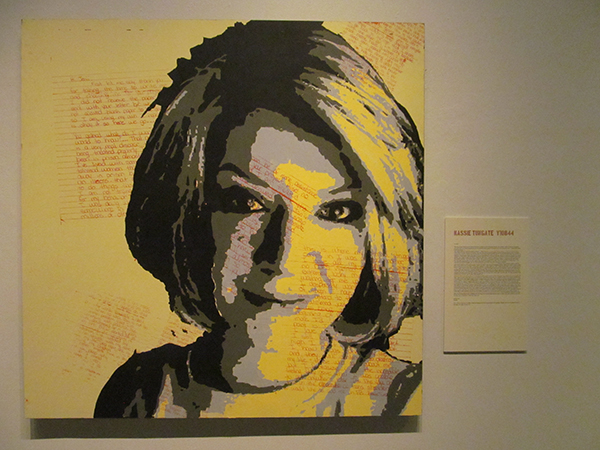
Prison inmate Cassie Tungate, and the letter she sent
Amid the posters and videos, perhaps the coolest thing we did was to construct a camera surveilled isolation cell. Class members volunteered to take turns occupying this 8’x10′ cell for the two-week duration of the exhibition in public protest of the practice of solitary confinement.
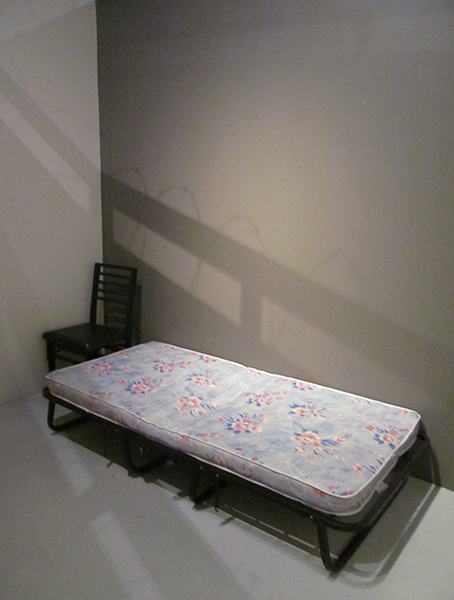
Our stripped-down confinement cell
So what did we learn, other than that prisons are a growth industry even as prison populations slowly decline from a high of 2.2 million? We learned that the Land of the Free imprisons more people than the next five nations combined; that racial imbalance and poverty result in prisons acting as an extension of slavery and Jim Crow; that prisons are a dumping ground for the mentally ill; and that America builds prisons faster than colleges.
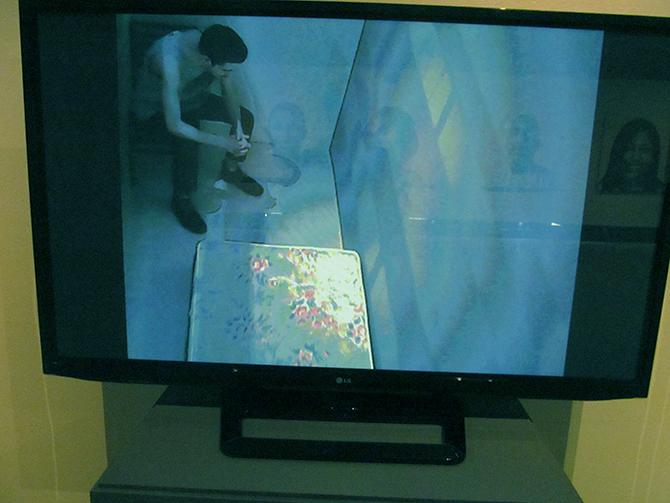
The people in solitary were under constant surveillance
And we learned a few things about ourselves, too: that design students can do relevant research; that groups of young people can collaborate to make a difference; that research process matters, and that it’s great to get out from in front of computers.
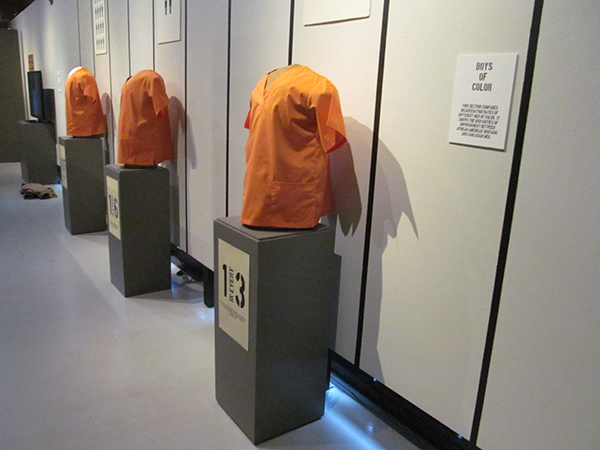
We documented the role race plays in imprisonment
Our efforts generated a good deal of interest. Gallery attendance was at record high levels. The award-winning student newspaper, CM Life, gave us a cover story and a four-page spread. The on-campus public radio station promoted us, and regional television broadcast our project to all of northern Lower Michigan, which resulted in a conservative backlash on social media.
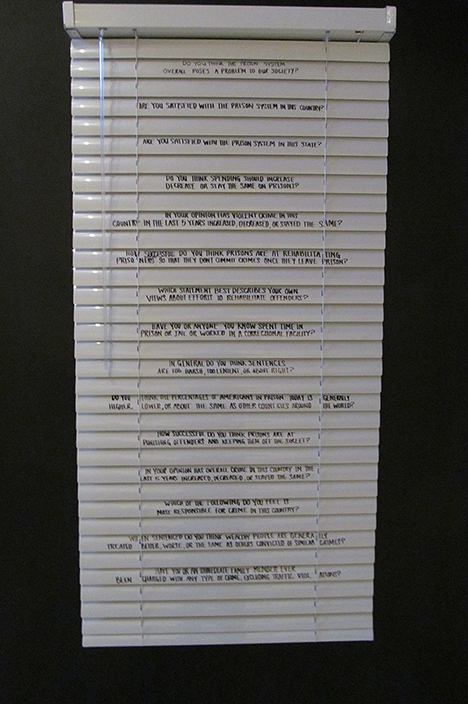
A 500-person survey sought participants’ responses to the system. Written on blinds, the survey questions opened to their responses with viewer interaction
Commencement is only three weeks away, but I predict that In the System will be the yardstick our program measures academic success by for many years to come.

A two-minute video described historical efforts at prison reform in America
David Stairs is the founding editor of the Design-Altruism-Project










